
The Jewish assumption of free will is ancient and enduring. But what does modern neuroscience have to say?
The history of neuroscientists’ efforts to explore the free will phenomenon was reviewed in 2016 by philosopher and neuroethicist Andrea Lavazza in the journal Frontiers in Human Neuroscience. The setting for our current understanding was drawn a half century ago with the discovery by Hans Kornhuber and Luder Deecke of the Readiness Potential (“RP”), a measurement of increased bio-electric activity in the brain. The RP was measured by an electroencephalogram (“EEG”), a procedure in which electrodes were placed on a subject’s scalp to allow for the recording of bio-electric activity. This activity was seen as an indication of preparation for a volitional act.
One question raised by the discovery of RP was whether an individual was conscious of an intention to act before RP appeared. In the early 1980s, Benjamin Libet, a son of Jewish immigrants from Ukraine who became a neuroscientist at the University of California-Davis, sought to answer that question. Libet and his team designed a relatively simple test. First, subjects were wired for an EEG. To record muscle contraction, electrodes were also placed on subjects’ fingers. Then the subjects were asked to do two things, spontaneously move their right finger or wrist, and, with the aid of a clock in front of them, report to researchers the time they thought they decided to do so.
What Libet found (Libet et al. 1983) was that conscious awareness of the decision to move a finger preceded the actual movement of the finger by 200 milliseconds (ms), but also that RP was evident 350 ms before such consciousness. While Libet recognized that his observations had “profound implications for the nature of free will, for individual responsibility and guilt,” his report appropriately contained several caveats. First, it noted (at 640) that the “present evidence for the unconscious initiation of a voluntary act of course applies to one very limited form of such acts.” Second (at 641), it allowed for the possibility that there could be a “conscious ‘veto’ that aborts the performance . . . (of) the self-initiated act under study here.” Finally (at 641), it acknowledged that “the possibilities for conscious initiation and control” in situations that were not spontaneous or quickly performed.
Not surprisingly, and despite the caveats, some interpreted Libet’s experimental results as proof that one’s actions are not freely made, but, rather, predetermined by unconscious neural activity. In the years following the publication of Libet’s report, other experimenters have not only replicated his work, with more sophisticated measuring devices, they have extended it.
For instance, experiments reported in 1999 by Patrick Haggard and Martin Eimer involved index fingers on both hands, and they calculated both RP and lateralized RP. Subsequently, scientists at the Max Plank Institute for Human Cognitive and Brain Sciences also utilized right and left index fingers, this time to press a button, and his subjects reported awareness of action not by observing a clock, but by identifying one of many letters streaming by. Brain activity was detected by using functional magnetic resonance imaging (“fMRI”) signals. In a 2008 publication in Nature authored by Chun Siong Soon and others, Soon et al. claimed that brain activity encoding a decision could be detected in the prefrontal and parietal cortex for up to ten seconds before the subject became aware.
Also not surprisingly, the assumptions in and the interpretations of results from these experiments drew criticism, beyond the obvious concern about mistaking correlation (of recorded brain activity) with causation (of a decision to act). And they continue to do so. After all, the average human brain contains billions and billions of nerve cells called neurons. We have recently learned the number of neurons is approximately 86 billion. Each neuron is connected to other neurons by perhaps thousands of synapses, junctions through which neuroactive molecules or electrical impulses travel. The total number of these synaptic connections exceeds 100 trillion. Moreover, while we once believed the brain to be fixed, now we know that is more plastic, and changes constantly.
Even if we were thoroughly familiar with all of these connections, and all of the electrical and chemical processes which operate (or not), and when and why they do (or do not), and also had a complete grasp of neuroplasticity, which understandings we do not currently possess, we clearly do not understand what has been called the Hard Problem, the nature of consciousness. If we do not understand that, then obviously we also do not understand the nature of sub-consciousness. So, what exactly, if anything, Libet and Soon were observing other than some sort of recordable activity is not apparent.
More narrow objections could be and were raised, as well, to the early tests. Florida State philosophy professor Alfred Mele suggested that because subjects might have different understandings of the “awareness of the intention to move” they were to report, the term was too ambiguous to measure to any degree of scientific value. Moreover, even if some readiness potential could be measured, isn’t it possible that RP itself is indicative of nothing more than the result of various stimuli, including being placed in a control room, hearing instructions, and focusing on a specific task? In this view, it would be akin to heightened anxiety that a patient might feel prior or during a conventional physical examination.
In addition, the tests performed were narrow in scope and duration. They generally involved very simple motor functions to be undertaken, or not, within seconds of some signal. But Princeton psychologist and Nobel Prize winning economist Daniel Kahneman teaches that we think fast and slow. His core observation is that humans operate with two different thought modes. In the first, known as System 1, the brain “operates automatically and quickly, with little or no effort and no sense of voluntary control.” In the other, known as System 2, the brain “allocates attention to the effortful mental activities that demand it, including complex computations.” Kahneman associates the operation of System 2 with what we feel as agency and choice.
Is it possible that a person’s brain activity, as recorded by an EEG, an fMRI or some other mode of neuroimaging, would display different results in circumstances where more complex actions are involved, especially over an extended period? Is it conceivable that brain activity would be different if the subjects were in a kitchen and asked to choose how many, if any, eggs they wanted for breakfast, and how they preferred them cooked, and with what bread, what spread and what fruit and drink? And might that kind of brain activity be different still than the kind involved in deciding over the course of a presidential campaign which candidate to support or during courtship deciding whether to select a certain someone for a life partner?
We have no EEGs or other scans that address breakfast or political or marital choices, but some recent experiments suggest that the death of free will, as announced by Jerry Coyne and Sam Harris, may have been not just premature, but unwarranted. In 2012, French neuroscientists published a report in the Proceedings of the National Academy of Sciences concerning a study about RP which included a variation on Libet’s experiments, specifically an audible cue to the participants to make a movement in response to an unpredictable noise. Rather than reflecting the final causal stages of planning and preparation for movement, Aaron Schurger et al. found that neural activity in the brain fluctuated normally and that decisions about self-initiated movement were “at least partially determined by spontaneous fluctuations” in such activity. In other words, movement might not be determined subconsciously, but may simply occur when the brain is in a sufficient state of arousal.
Similarly, a study undertaken by graduate student Prescott Alexander and his team attempted to isolate motor and non-motor contributions to RP. As reported in 2016 in Consciousness and Cognition, they found that “robust RPs occurred in the absence of movement and that motor-related processes did not significantly modulate the RP.” This suggested to Alexander et al. that the RP measured was “unlikely to reflect preconscious motor planning or preparation of an ensuing movement, and instead may reflect decision-related or anticipatory processes that are non-motoric in nature.” They concluded, in part that “RP does not primarily reflect processes unique to motor execution or preparation, and may not even be primarily generated by the neural activity involved in making a free choice.”
What does this mean? At a minimum, Schurger and Alexander, and their teams, have interrupted what seemed to be developing scientific support for hard determinism and against free will. They have provided scientific grounding for an alternative understanding of previously accumulative data. In the words of cognitive neuroscientist Anil Seth (speaking of Schuger et al.), they have opened “the door towards a richer understanding of the neural basis of the conscious experience of volition.”
Consequently, when Alfred Mele argues that science has not disproved free will, he is correct. Science has not falsified the free will hypothesis even once, let alone in the kind of replicable experiment that is the hallmark of the scientific method. At the same time, science has not confirmed the free will hypothesis either. The unsettled state of affairs is not necessarily bad, though, for at least two reasons.
First, the reality is that we are at the early stages of our understanding of both the human brain and levels of consciousness, and we undoubtedly do not even know what we don’t know. For instance, in 2015, neuroscientists were acknowledging that no one knew how the human brain was wired and bemoaning the fact that they could not even map a mouse’s brain, let alone a human one. About a year later, scientists were able to produce a map of the brain’s cerebral cortex with a “new mapping paradigm,” but even so, a participating researcher conceded the limitations of the new map. (See map below.)
Similarly, in early March, 2017, researchers led by neurobiologist and physicist Mayank Mehta at UCLA published a report in the journal Science in which they claim that the brain is much more active than previously believed and that neurons are not purely digital devices, as scientists have held for 60 years, but also “show large analog fluctuations . . . .” If so, according to Mehta, this changes the way we understand how the brain computes information.
The idea of a more powerful, dynamic brain may trigger yet more revisionism concerning free will, as well. Indeed, it is at least conceivable that the reductionists are looking at the picture in the wrong way, zooming in to try to locate and record each signal the brain emits, rather than stepping back for a broader perspective. That is, for all its amazing discoveries and insights, perhaps neuroscience, as commonly practiced today, is too narrow a science. Perhaps there must be some consideration for the possibility that the vast number of neurons and synapses, and their intricate interconnectedness, in conjunction with neural plasticity, yields something greater than the individual cells themselves, even as water is more than its component molecules made of hydrogen and oxygen. Perhaps consciousness is an emergent phenomenon. (See Nelson, The Emergence of God (University Press 2015) at 32-35.) In this view, at a certain level of collective complexity, consciousness emerges. And with it, free will.
From the history of science and technology, we can assume that the pace of our progress will be uneven and the results surprising. Perhaps we will move faster than did our ancestors on the centuries long path from Ptolemy to Copernicus to Hubble (both the man and the telescope). But how much time we will need is not clear. Consider the journey from Wilbur Wright’s first step onto a biplane at Kitty Hawk to Neil Armstrong’s first step off the lunar module Eagle on the Moon, and whether neuroscience is arguably more complex than rocket science.
Second, another reality is that the stakes in the multi-disciplinary debate between free will advocates and determinists go far beyond the musings of philosophers and the reputations of neuroscientists seeking grants and fame. Should science somehow disprove free will, should it show that we are not just influenced by our genes and our physical and social environment, but that our response to each option available to us is truly compelled rather than chosen, it is not too hard to imagine at least two dystopian results.
In the first case, should it be generally known that humans have no free will, and that conduct is in fact predetermined, significant numbers of individuals might well feel released from whatever tenuous social bonds now attach to them and engage in disruptive behavior. We already have some experimental evidence from psychologists Kathleen Vos and Roy Baumeister that supports the idea that weakening a belief in free will leads to “cheating, stealing, aggression, and reduced helping.”
A second worrisome situation that might arise concerns potential screening of individuals for genetic or environmental or other predispositions to anti-social behavior. Might individuals found to possess an anti-social gene be incarcerated or subjected to gene therapy to alter or remove the problematic genetic material? If so, it is not too difficult a leap to rounding up groups of people who, by virtue of their color, ethnicity, geographic origin, socio-economic status or other trait likely share having the offending gene. The infamous Nazi medical experiments on Jews, Roma and others provide a chilling example of the depraved capacity of some humans to mistreat the Other, and to do so ostensibly in the “interest of science” or some asserted “greater good.” Social historian Yuval Harari has warned recently about the merger of Big Data with Big Brother. It is a warning worth heeding.
In many ways, then, the free will hypothesis is more important than the understanding laid out in Genesis with respect to creation and evolution. We have learned a great deal about how our universe came into existence and how life forms have evolved. And we have learned that we can survive quite well with such knowledge. But if the free will hypothesis is incorrect, if we are only products of our genes and our environment and of the purely mechanical interplay of chemistry and physics, if we do not have any meaningful capacity to make choices, then we could still proceed as if we were free and our decisions mattered (a path advocated by some determinists like Israeli philosopher Saul Smilansky), but there would be a cloud hanging over us, and, worse, we could not dissipate it. We could not overcome.
Yet, even in the most dire circumstances, some do overcome. Recounting the horrors of the concentration camps, psychiatrist and neurologist Viktor Frankl noted that despite the conditions, the actions of some showed that “everything can be taken away from a man but one thing: the last of the human freedoms –to choose one’s attitude in any given set of circumstances, to choose one’s own way.”
Why some react one way under pressure (or without it) and others do not remains a mystery, as even Sam Harris has acknowledged. Maybe science will solve that mystery some day, but maybe not. So, perhaps Descartes (1596-1650) was not quite right when he declared “Cogito, ergo sum,” that is, “I think, therefore I am.” Perhaps thinking is a necessary but not sufficient element of being. Perhaps we need to be able to choose to be fully alive and vital. Consequently, until, if ever, the scientists prove otherwise: Eligo, ergo sum – I choose, therefore I am. Or at least I think I do. And at least once every year I am grateful to the Deuteronomist for reminding me of the extensive menu of blessings and curses that is set out before me, and for his emphatic call to choose life.






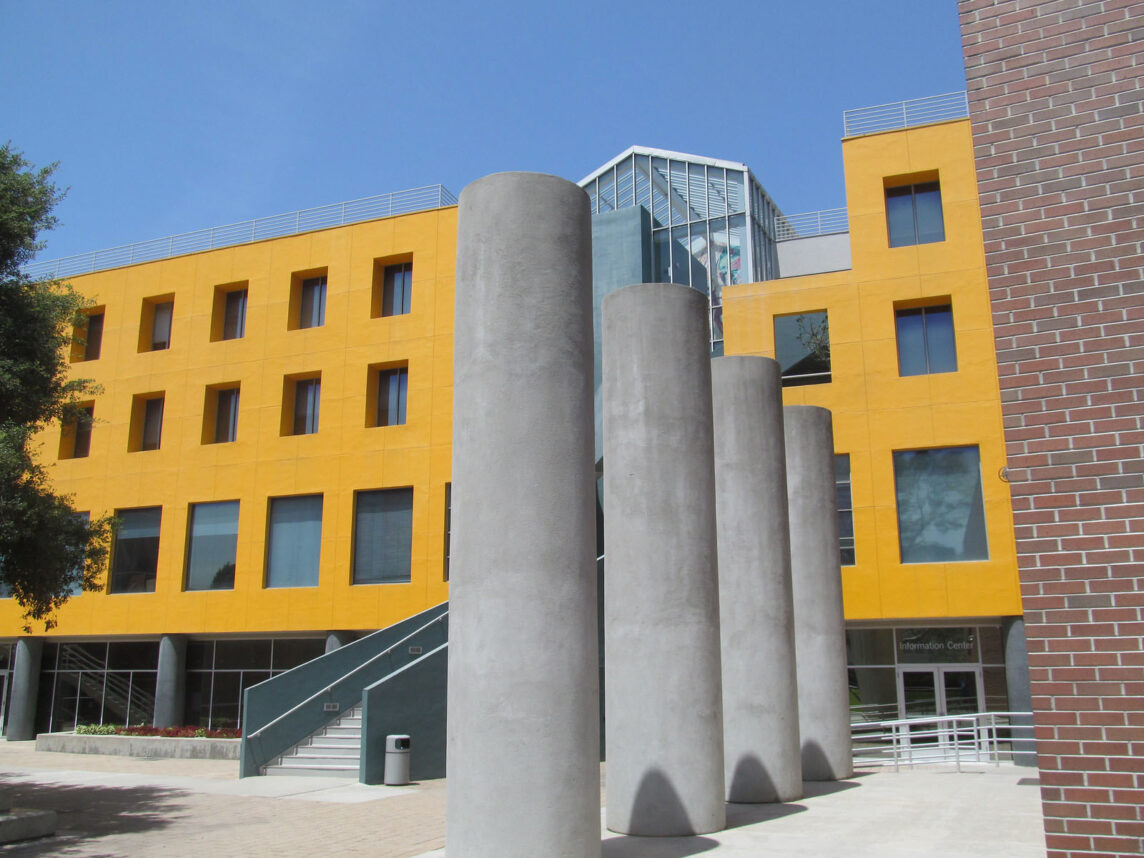
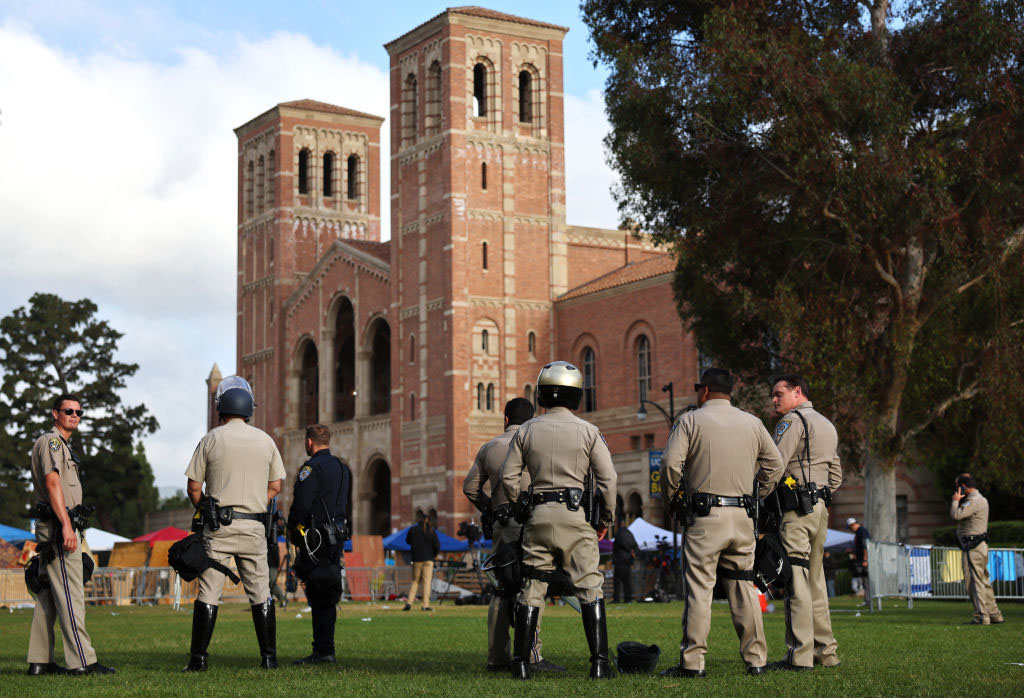
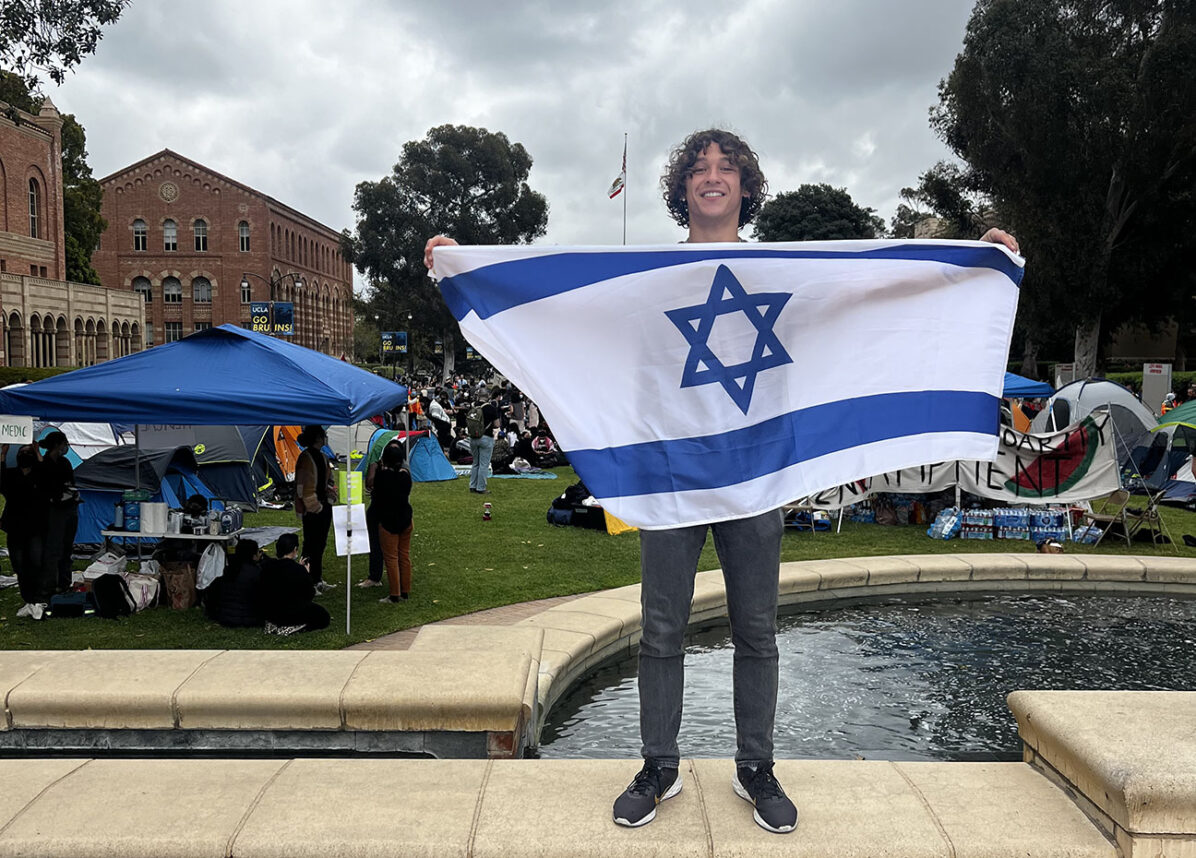
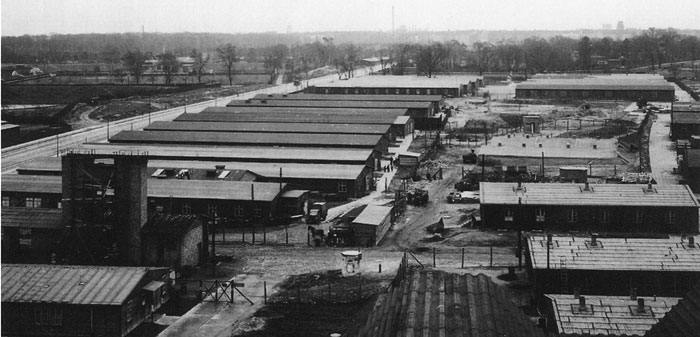
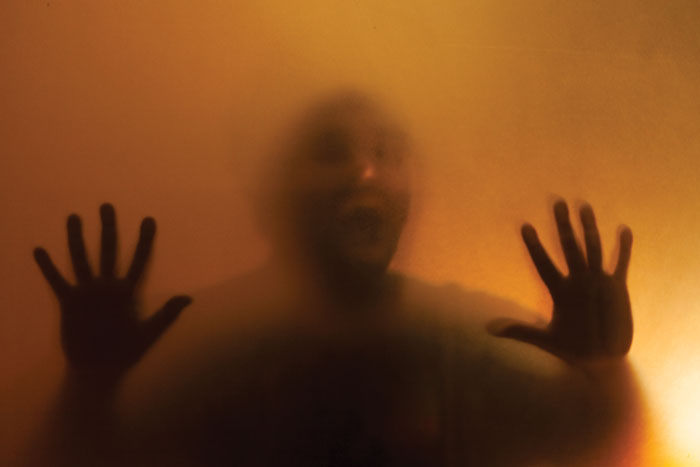


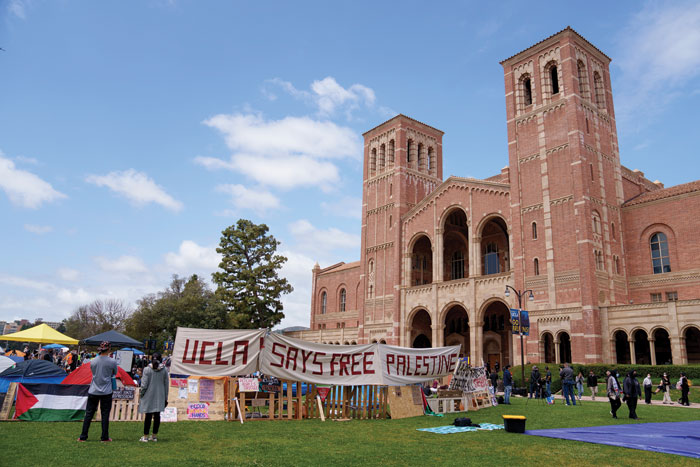








 More news and opinions than at a Shabbat dinner, right in your inbox.
More news and opinions than at a Shabbat dinner, right in your inbox.